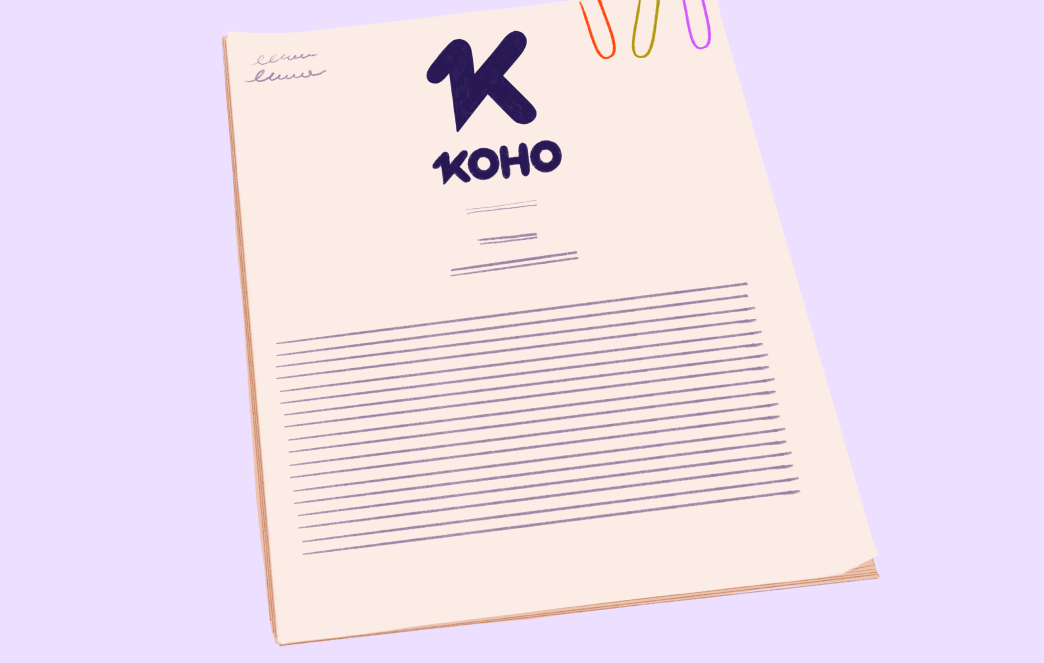A debt validation letter is a document from a collection agency that gives you details about a debt they claim you owe. It helps you confirm whether the debt is actually yours and if the amount is correct.
How debt validation letters work
When a collection agency contacts you about a debt, they must send you a validation letter either in their first communication or within five days after. This is required by the Fair Debt Collection Practices Act (FDCPA) to protect you from paying debts that aren't yours.
Don't confuse a debt validation letter with a debt verification letter. The validation letter comes from the collector, while a verification letter is what you send to dispute the debt.
What's included in a debt validation letter
A proper debt validation letter should contain:
A statement that it's from a debt collector
Your name and address
The collection agency's name and address
The creditor's name
Your account number (if there is one)
How much you owe, with a breakdown of interest, fees, payments and credits
After getting this notice, you have 30 days to dispute the debt by writing back to them.
When to send a debt verification letter
Review the validation letter carefully. If something seems wrong—maybe you already paid the debt, it's not yours, the amount is incorrect, or it's too old to collect. You should send a verification letter.
In your verification letter, you can ask for:
Information about the original creditor
The original loan agreement
Documentation showing how old the debt is
A detailed breakdown of fees and interest
Proof the collection agency is licensed in your province
If you've paid the debt, include proof of payment. The Consumer Financial Protection Bureau offers sample letters you can use as templates.
Once you send your verification letter, the collection agency must stop collection efforts until they respond to your dispute.
What to do next
Keep a copy of your verification letter
Send it by registered mail so you have proof of delivery
If the agency can't verify the debt but keeps trying to collect, file complaints with the appropriate authorities
If they do verify the debt, consider negotiating to pay less than the full amount
If they sue you, decide whether to represent yourself or hire a lawyer
After paying the debt, work on rebuilding your credit
Protecting your financial rights
Understanding debt validation letters helps you protect yourself from paying debts that aren't yours or contain errors. By knowing the process and your rights, you can respond effectively to collection attempts and make informed decisions about your finances.
Remember that debt collectors must follow rules when contacting you. If they don't provide proper validation or continue collection efforts during the dispute period, they're breaking the law. Don't be afraid to stand up for your rights when dealing with collection agencies.

About the author
Quan works as a Junior SEO Specialist, helping websites grow through organic search. He loves the world of finance and investing. When he’s not working, he stays active at the gym, trains Muay Thai, plays soccer, and goes swimming.
Read more about this author